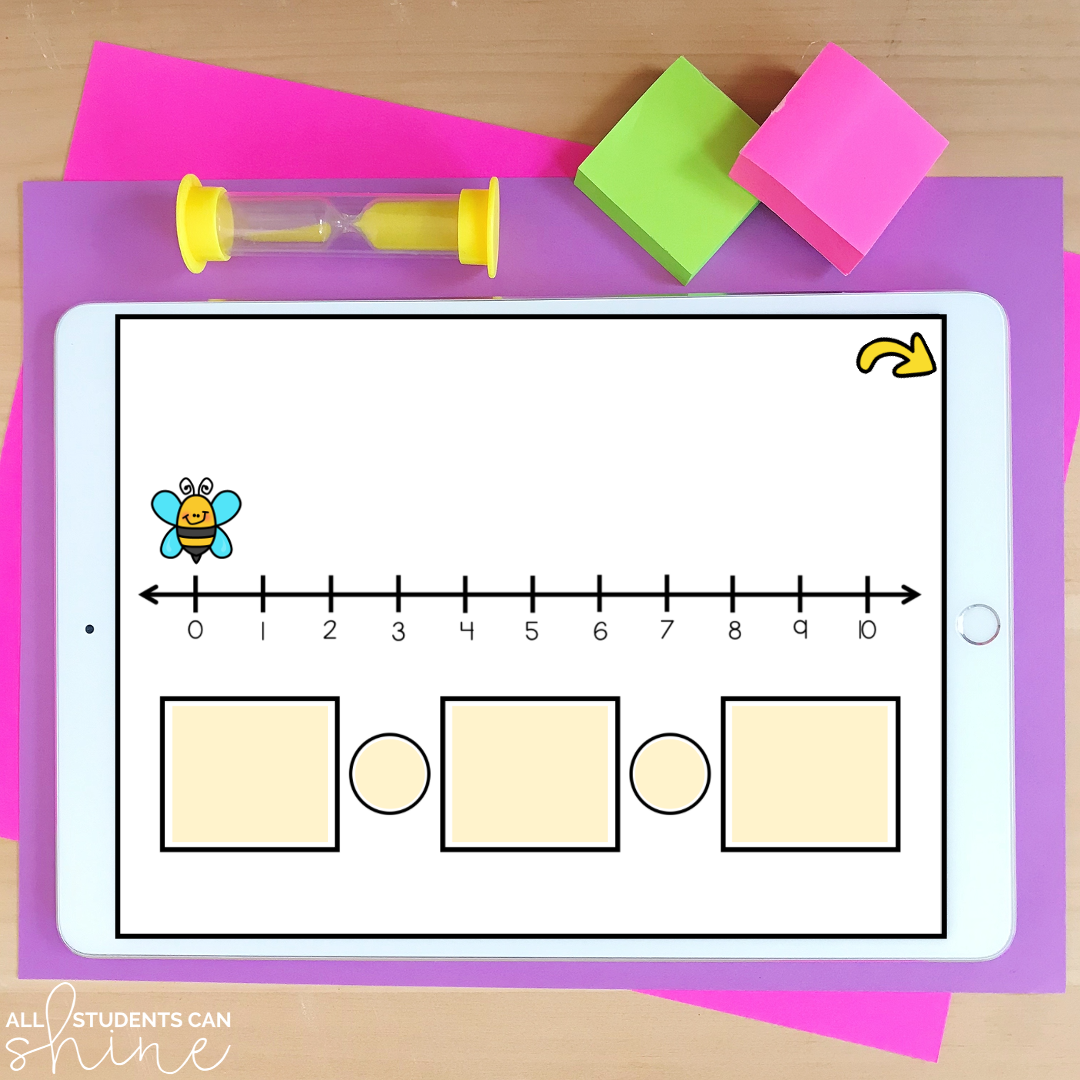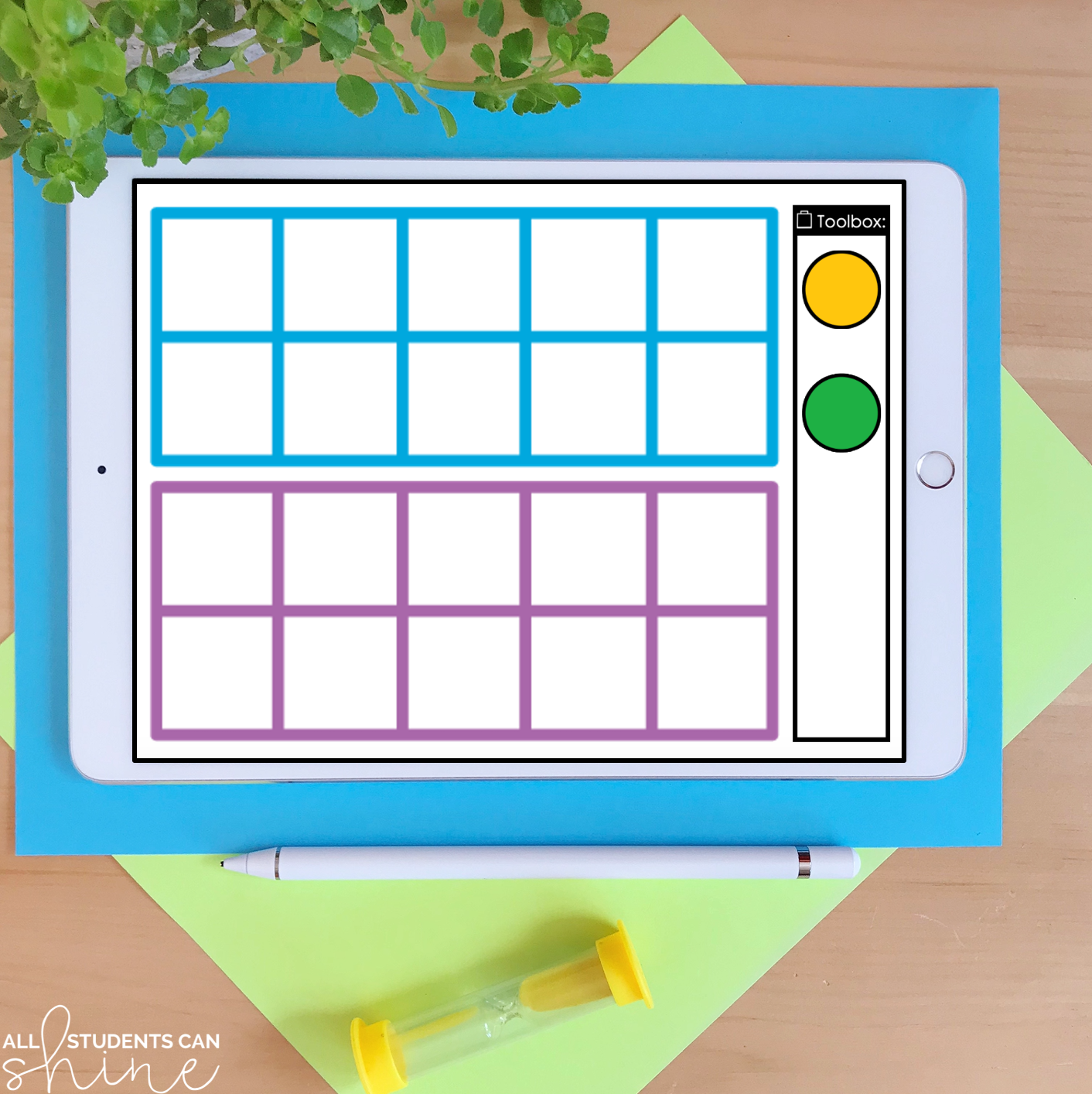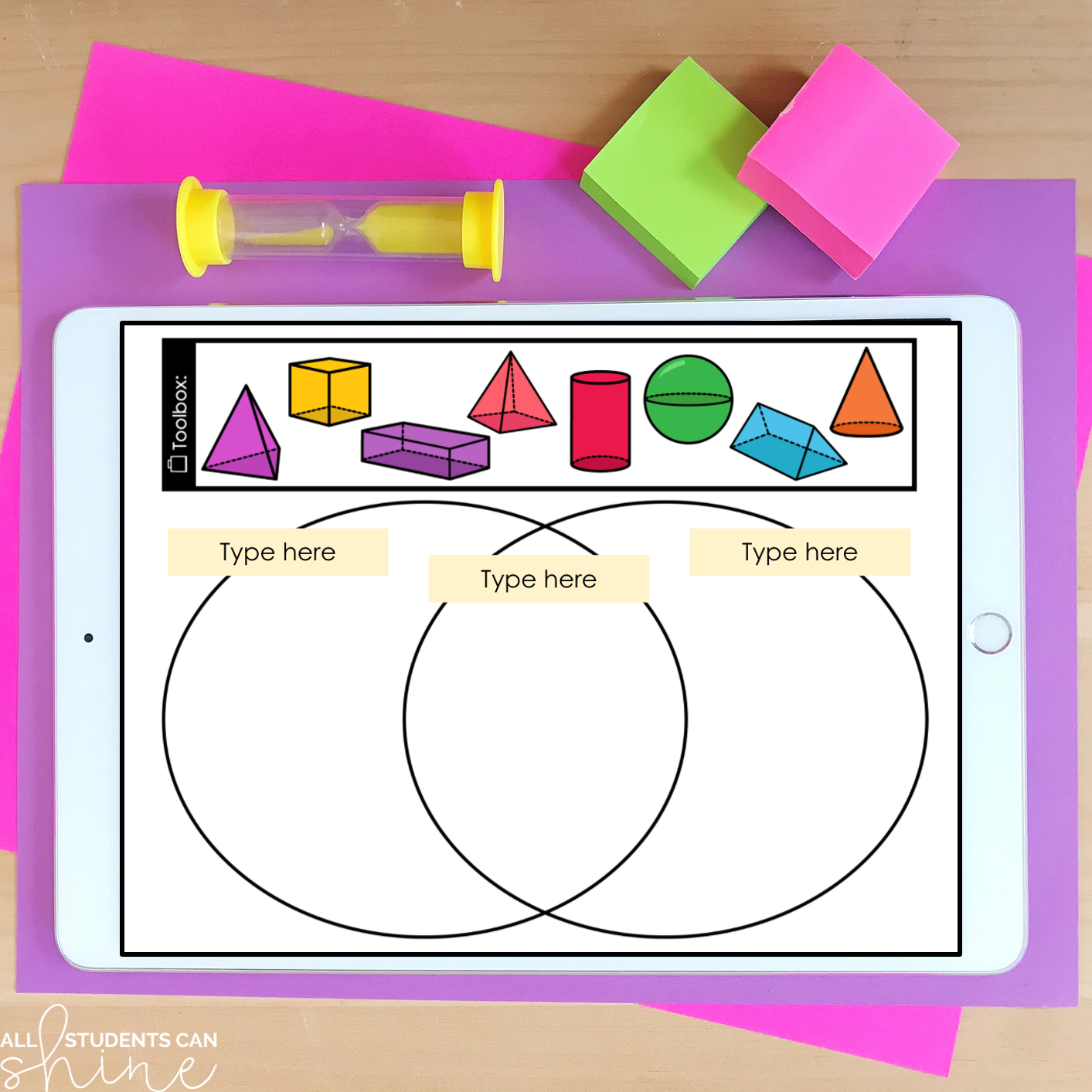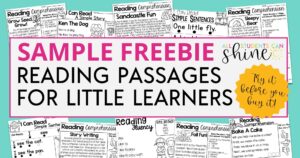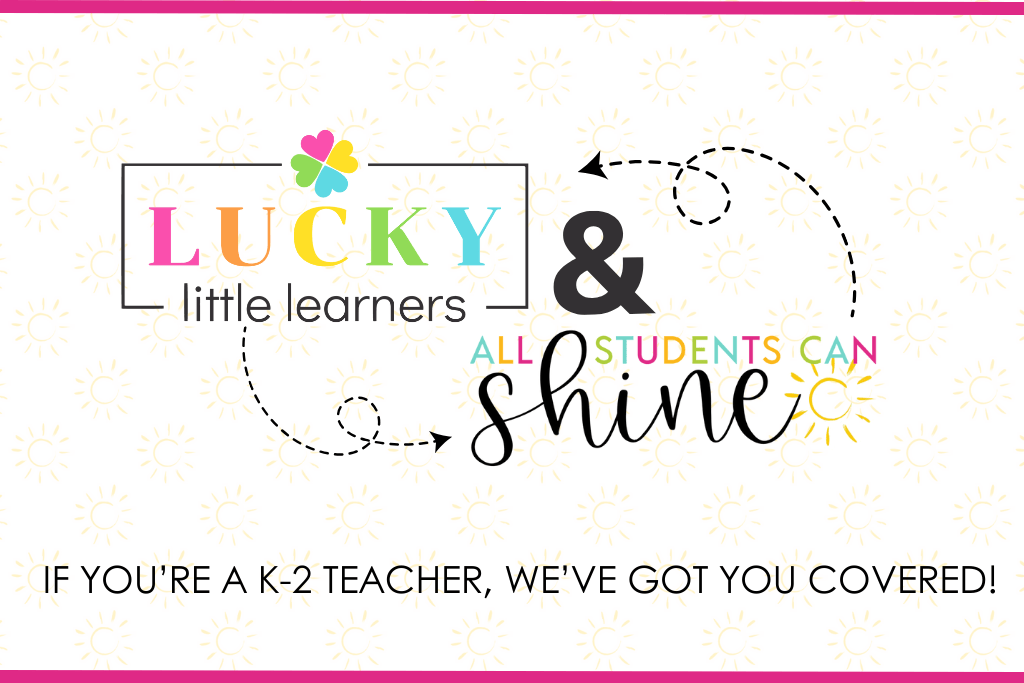I don’t know about you, but my classroom wish list can get a little out of hand sometimes! Between Pinterest and Amazon and all the teacher-bloggers I follow, I always have my eye on new supplies or products for my students. Some women collect shoes, I collect bulletin board decor! 😂
Unfortunately, there’s one small obstacle that stands in my way of collecting all the classroom supplies of my dreams: budget. I’m sure you can relate—most schools have very small budgets for their teachers, so you have to be picky about what you purchase. Not only that, but stocking up on too many manipulatives can cause storage headaches in smaller classrooms.
Don’t worry, we’re teachers! We won’t let little things like space or money stop us! I put together a list of free (or mostly free) items to use as math manipulatives, plus I have a digital resource that will help you cut down on how much storage space you need.
Why use math manipulatives
I’m sure you know a lot of the theory behind why we use math manipulatives in our classrooms, but in case you need a little refresher from your undergrad days, here are some main reasons to use hands-on manipulatives with your students:
- They help students visualize abstract concepts.
- They’re a great way to differentiate for various learning styles. Your visual and tactile learners do really well with manipulatives!
- They keep math lessons fun, engaging, and interactive.
Let’s take a look at some of my favorite manipulatives for primary students.
Free or mostly free math manipulatives for your classroom
Sure, you can buy colorful sets of math manipulatives from name-brand retailers, but I’m a big fan of saving money whenever possible! With enough creativity, you can make math manipulatives out of just about anything.
Personally, I think every primary classroom could benefit from a huge stash of math manipulatives, but sadly, that’s not always possible because of budget or storage limitations. Here are several ideas for everyday items you can use as math manipulatives:
Popsicle sticks or straws + rubber bands
Use these instead of other fancier place-value tools. You can make bundles of ten, and then ask students to combine bundles until they reach 100.
Egg cartons
Looking for an alternative to the regular ten-frame? If you cut off two of the cups of an egg carton, you have a 2×5 grid! Fill it with inexpensive counting objects like paper clips, buttons, or beads. This can be used for teaching addition, subtraction, and for modeling multiplication and division.
Legos
Every boy mom out there has a ton of these lying around! Don’t have any in your house? Ask around your friend group or on social media. Chances are, you’ll know someone who is ready to destash! Repurpose Legos to use as counting blocks or for sorting into patterns.
Coins and play money
Raid old board games like Monopoly or Life and use the play dollars in your classroom. As for coins, I suggest keeping a few sets of real ones on hand. Set a jar for loose change by your laundry room, and you’ll have a stash in no time!
Dice and playing cards
Dice are great to have on hand for impromptu math games, and you can get so creative with a deck of cards! Kids can sort by suit, practice number recognition, play games like War or Spoons, and so much more!
Paper plate clocks
Teach children to tell time by giving them a clock with movable hands. You can make your own with a paper plate, a fastener like a brad, and some clock hands cut from card stock or index cards.
Last but not least: never underestimate the power of a simple piece of paper, a ruler, and a pencil! You can work with students to create their own number lines, grids, and more! Folding and cutting sheets of paper can also be a great way to teach shapes, fractions, and symmetry.
Math manipulatives for virtual learning
Can’t share materials because of social distancing or virtual learning? I created these digital manipulatives to help you out! If you’re in the classroom with students, you can project these on your smartboard. If students are learning from home, they can access these on their devices.
Social distancing aside, these Google Slides files are great to have on hand if your classroom is low on supplies or storage space.
Counting bears
Blocks
Buttons
Fingers
Beads
Dice
Pattern links
Popsicle sticks
Base-ten blocks
Coins & bills
Number lines
2D shapes
3D shapes
Fractions — circles & rods
Rulers
What tips do you have for using math manipulatives?
Come see me on Instagram and share any of your favorite tips and tricks for math manipulatives!

